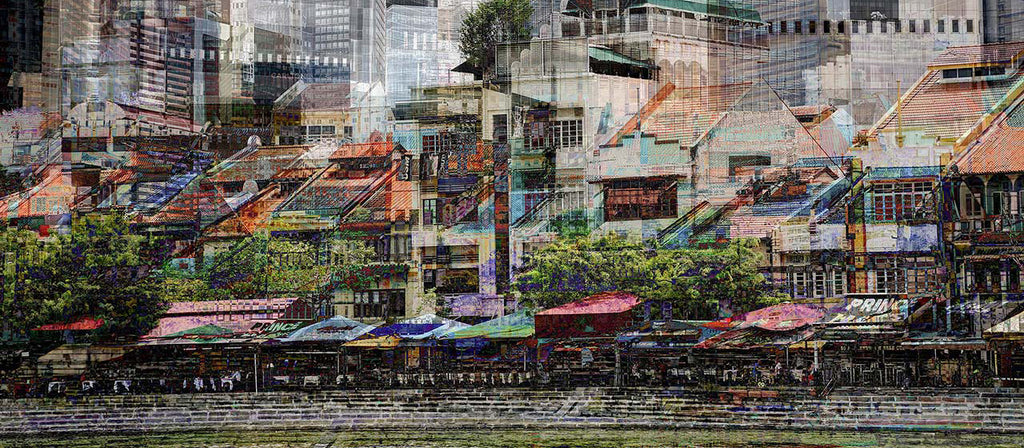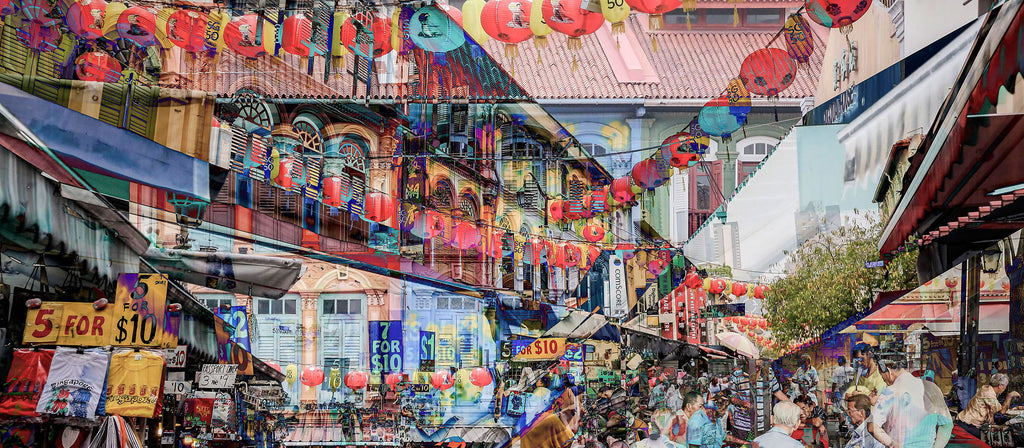Printed Artworks
What are print artworks...
1) What is a print in art? A print in art is any work of art made in multiple iterations or editions, created through a transfer of image onto another surface, quite often on paper or fabric. The 4 best-known traditional print techniques are: etching lithography screenprint woodcut In 1991, printmaker Jack Duganne coined the phrase “giclée print”, which is the production of high quality prints using ink-jet printing technology. The process has evolved over the years to become a standard signifying high quality printed artworks. With improving printer, ink and paper making technologies, giclee printing has gained popularity as...
What is a giclee print?
Pronounced as "Zhee-Clay", simply explained, a giclee print is a high quality inkjet print with a much longer lifespan (more than 100years) than your typical standard inkjet printer. 4 key factors must be present for an artwork print to be claimed a giclee print: High Resolution original image Ink technology (Pigment archival ink) Archival paper (100% cotton based) Inkjet Printing technology (high end, large format, usually 8 or more inks) High resolution image ensures highest quality prints possible when sent to the printer for production, especially when the print is in a large format.Pigment archival inks have greater stability and...
Terence Tan and his artworks...
1. What does your work aim to say? Beautiful scenes are aplenty no matter where we are, it's about how we decide to appreciate or present them. I prefer to exhaust a subject that others might find ordinary or uninspiring with a painterly eye. Emphasizing on aesthetics, I focus on the reconstruction of the existing topics or scenes to the extent that meaning is shifted and possible interpretation can become multifaceted. By composite layering of many images one on another, juxtaposing and nestling them within layers, an illusion is created, to spark conversations about the factual realities. 2....



